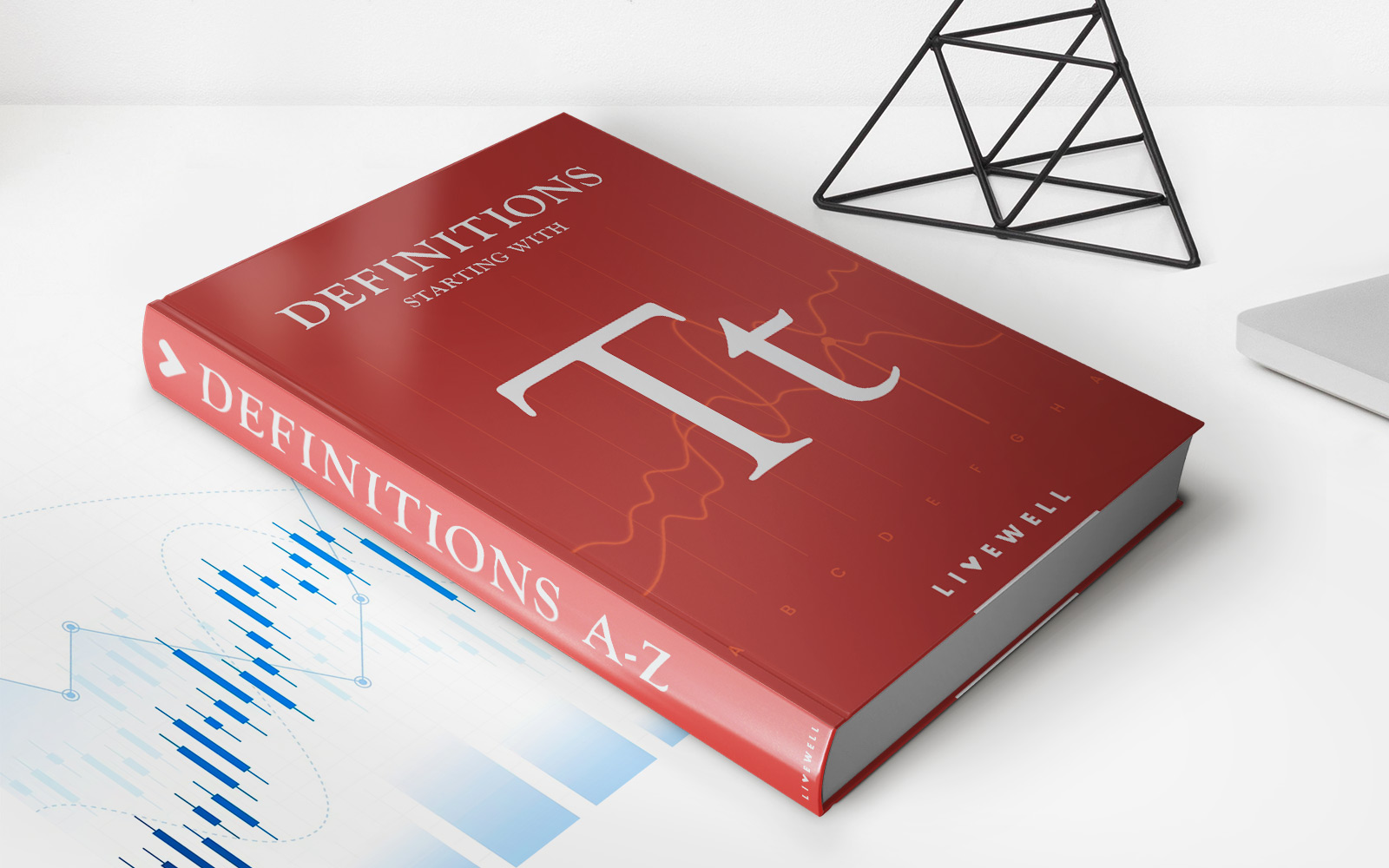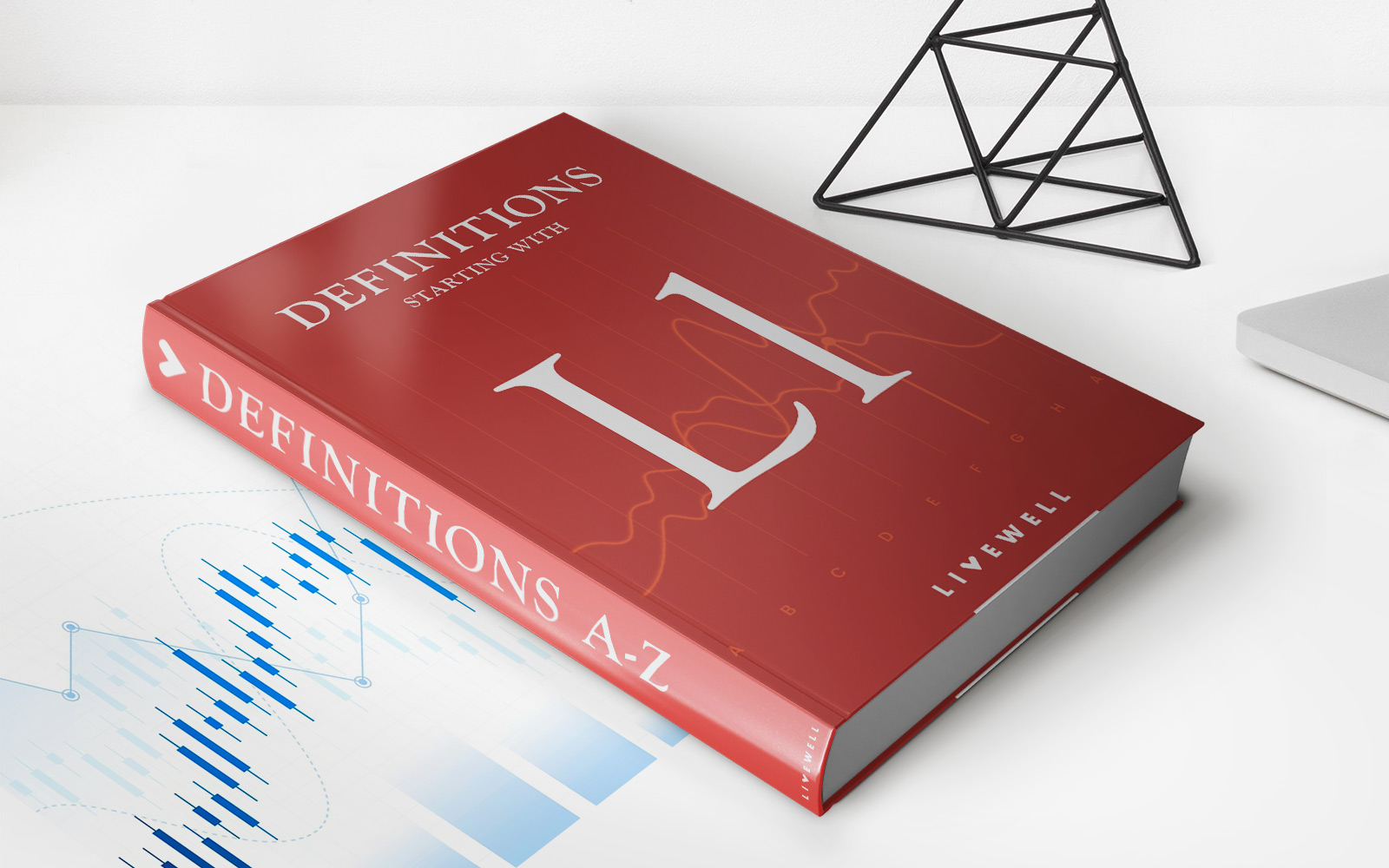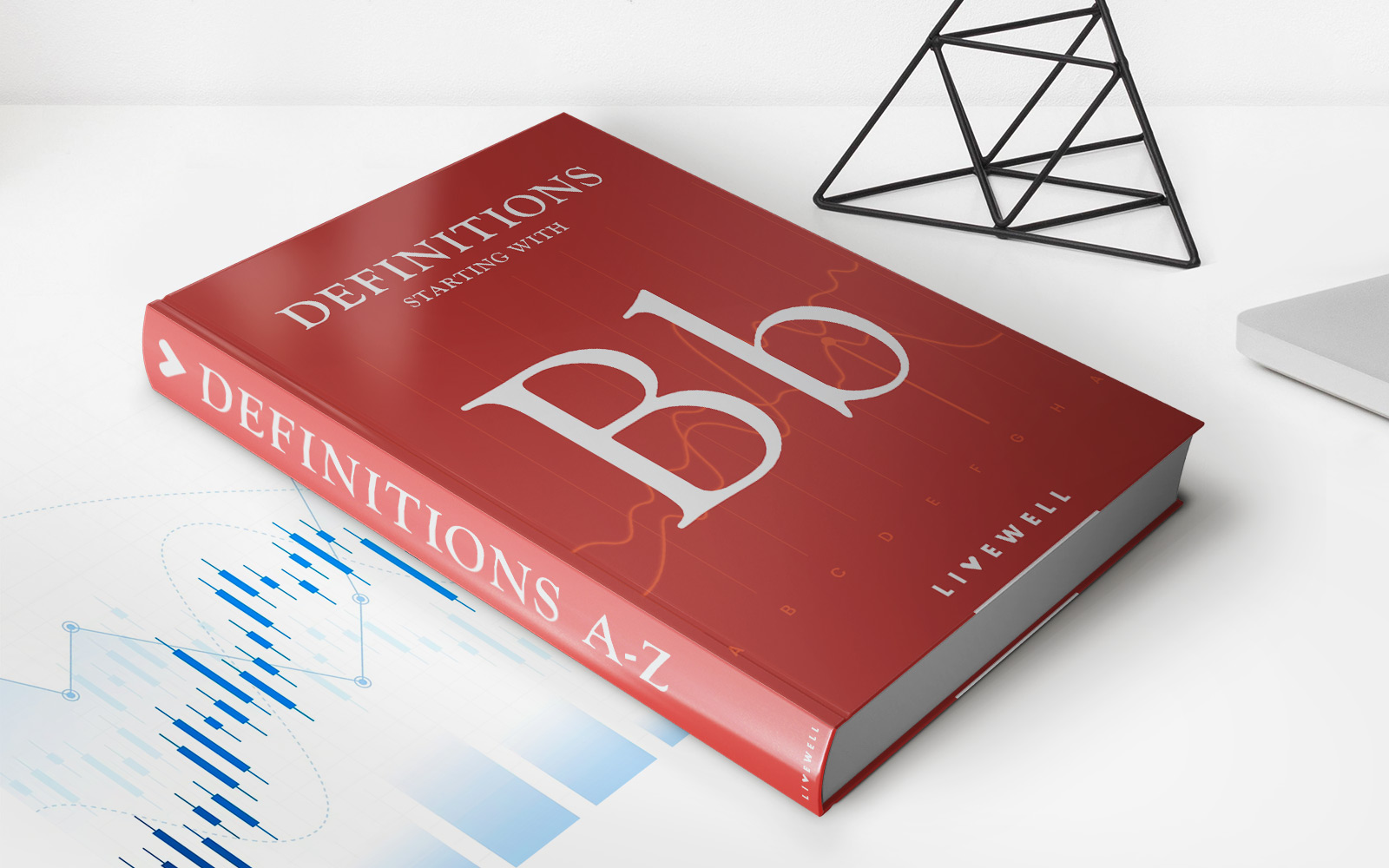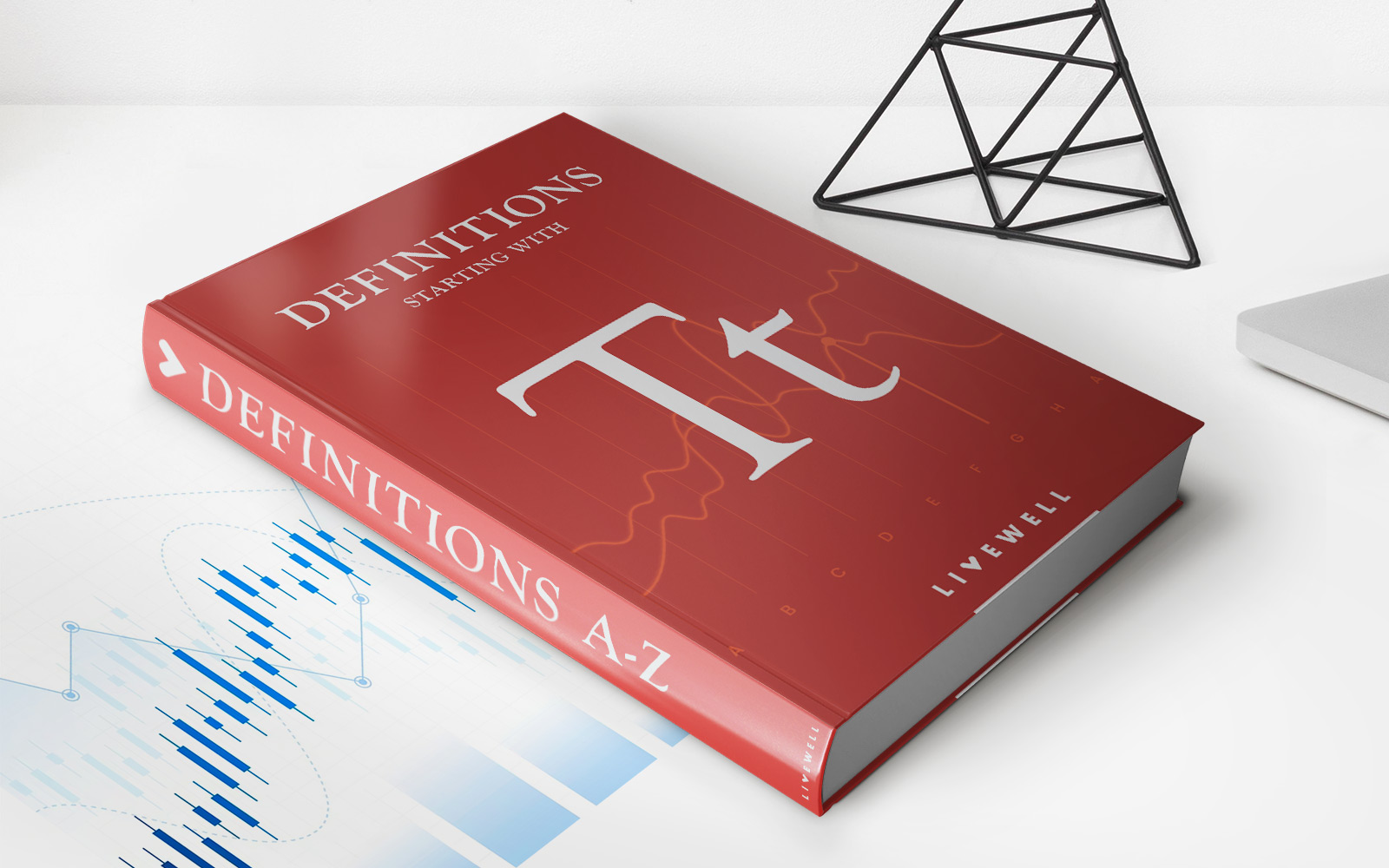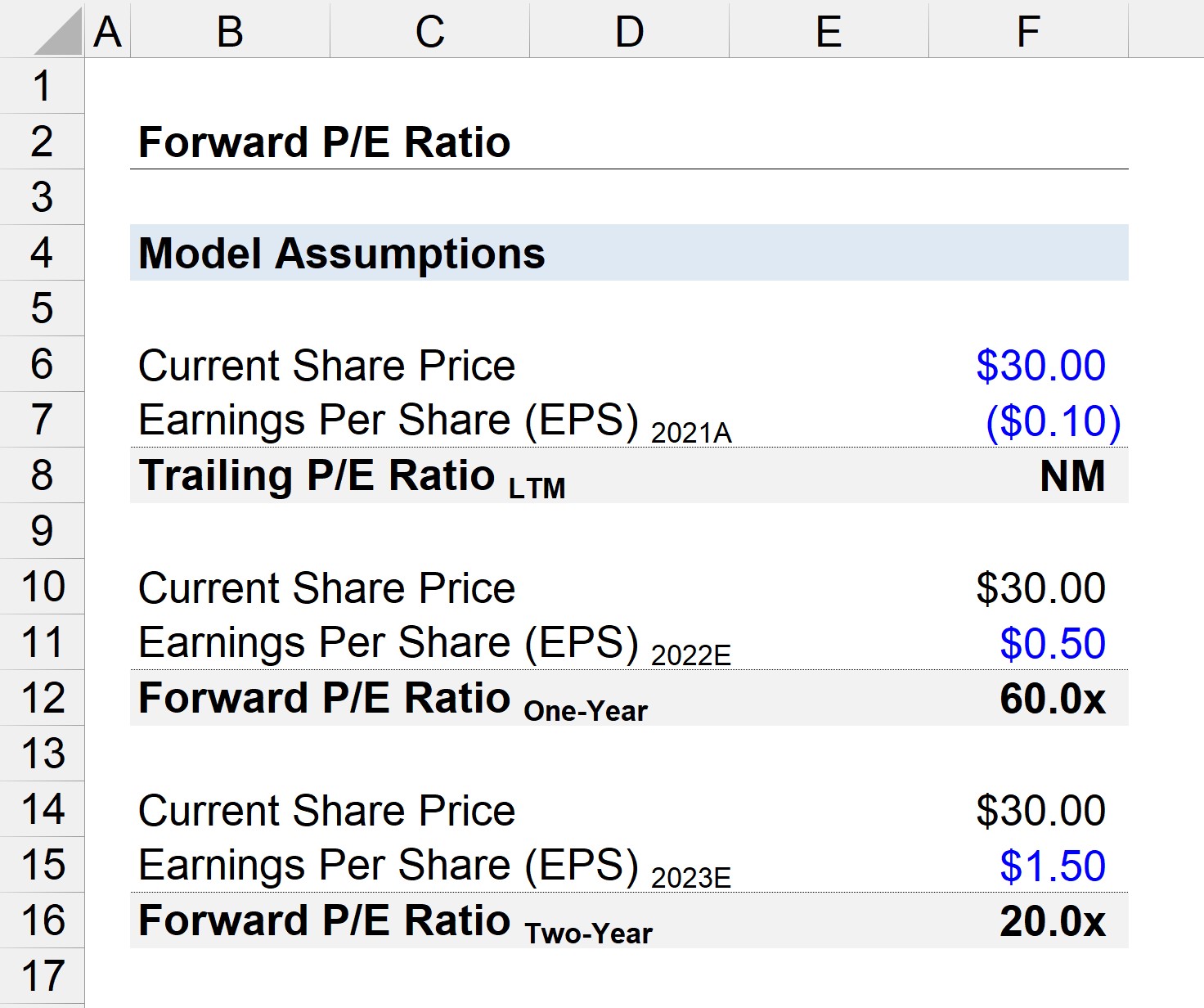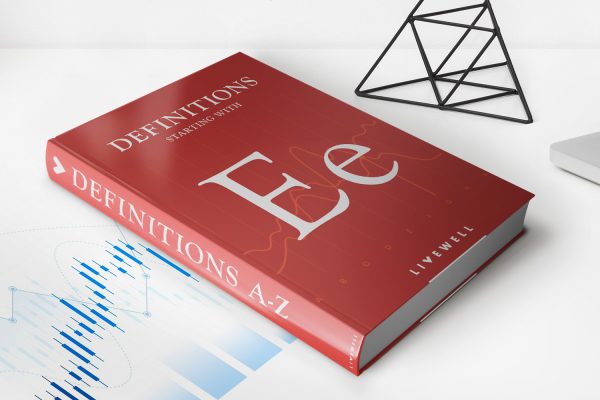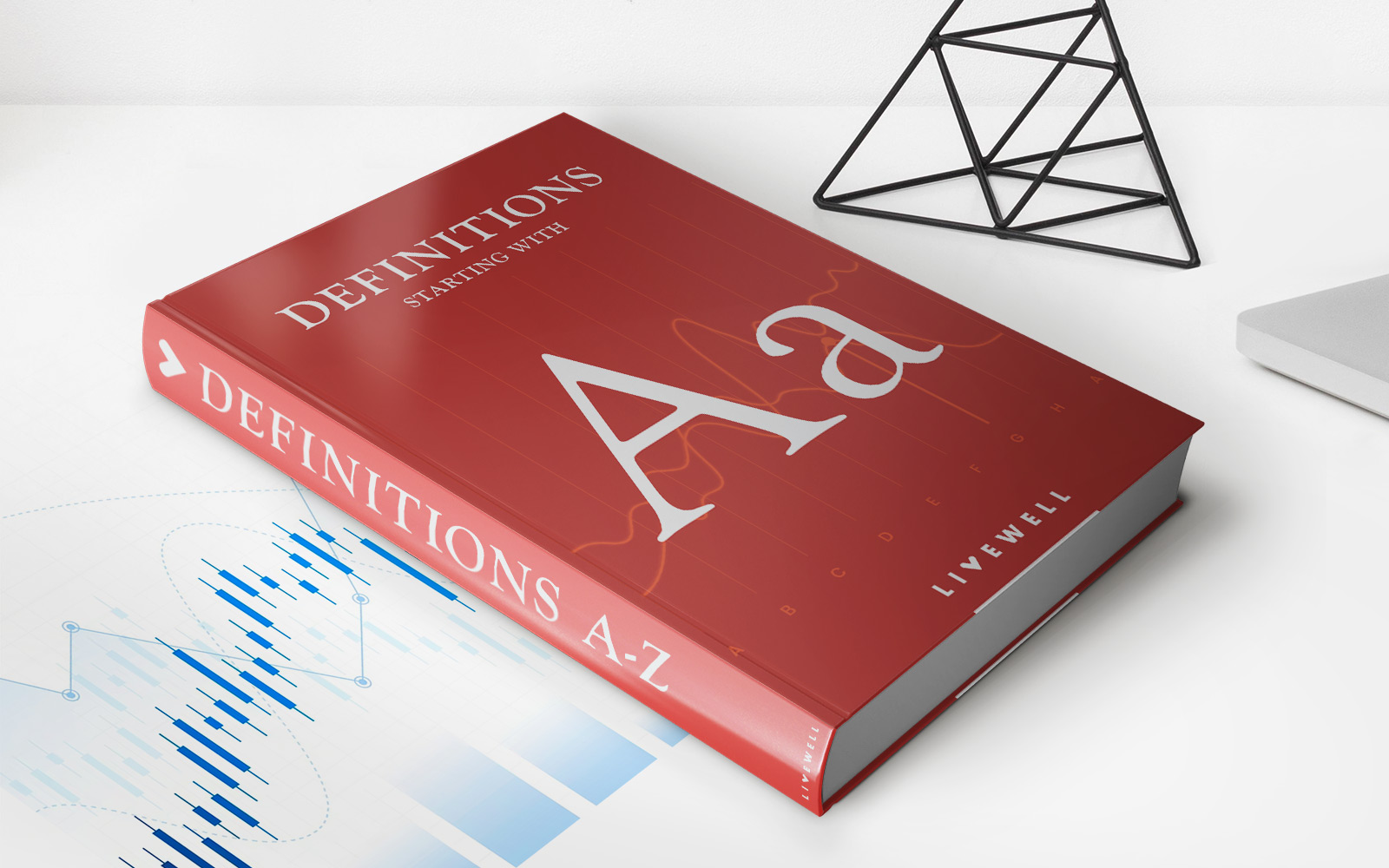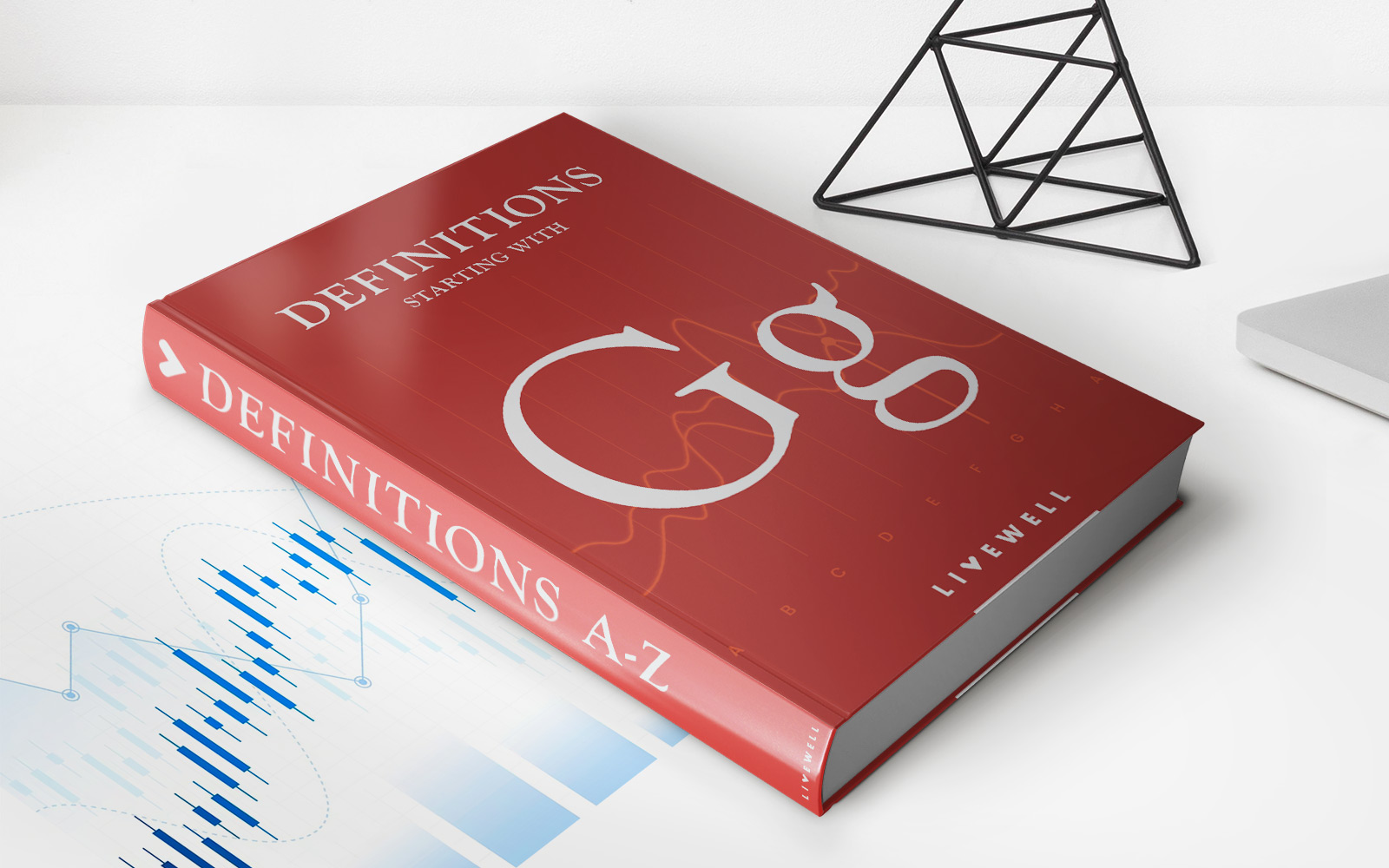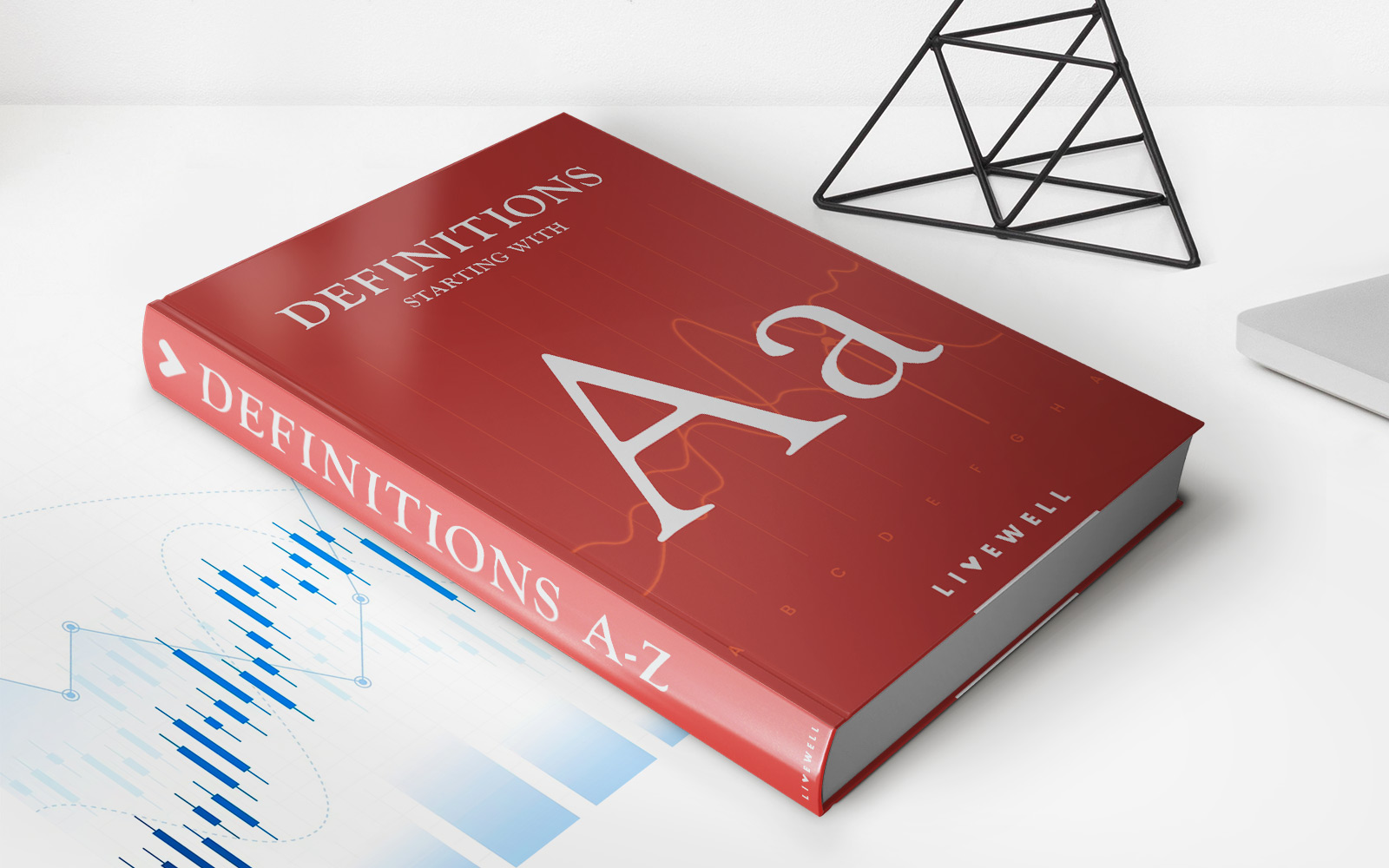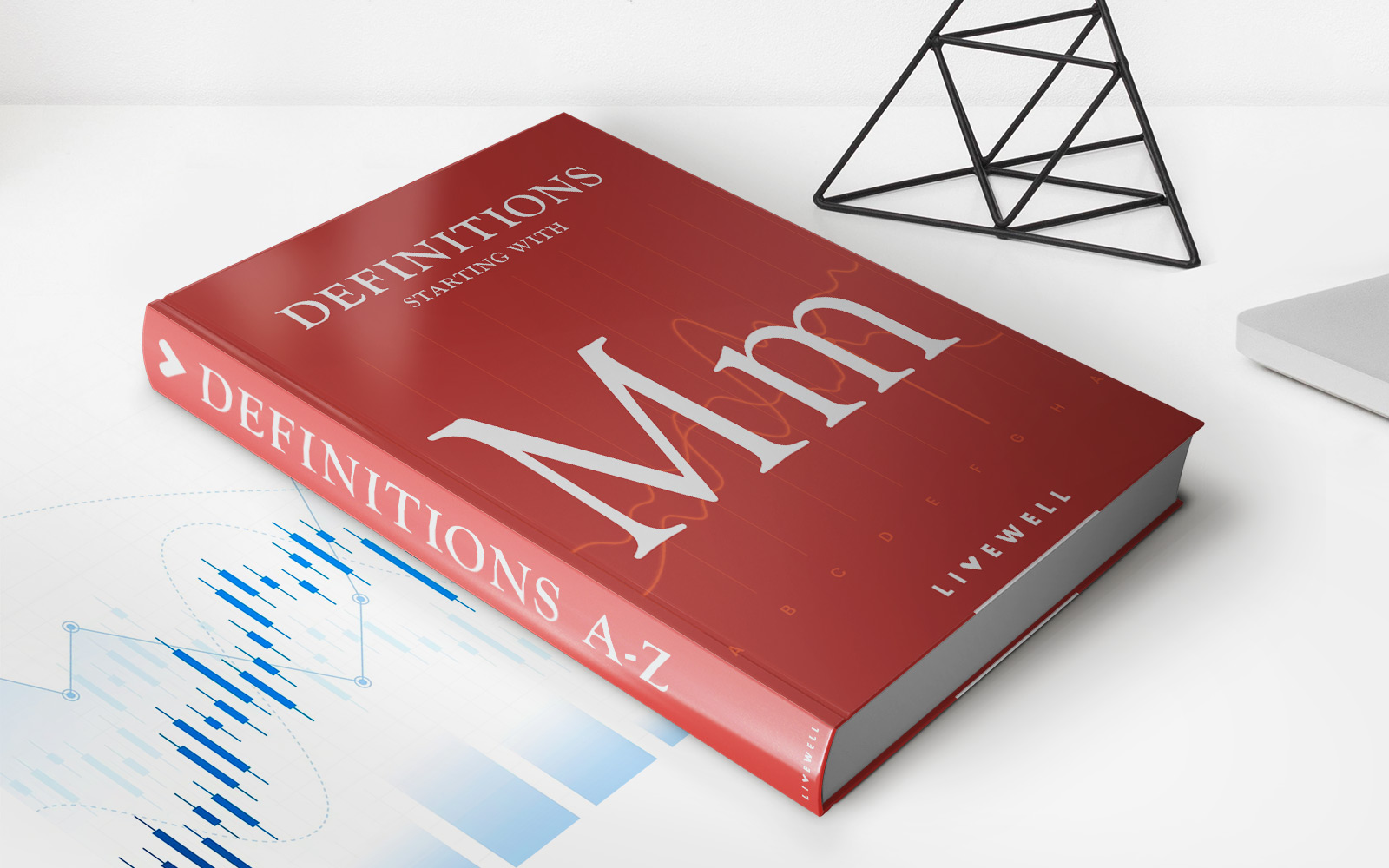Home>Finance>Total Expense Ratio (TER): Definition And How To Calculate
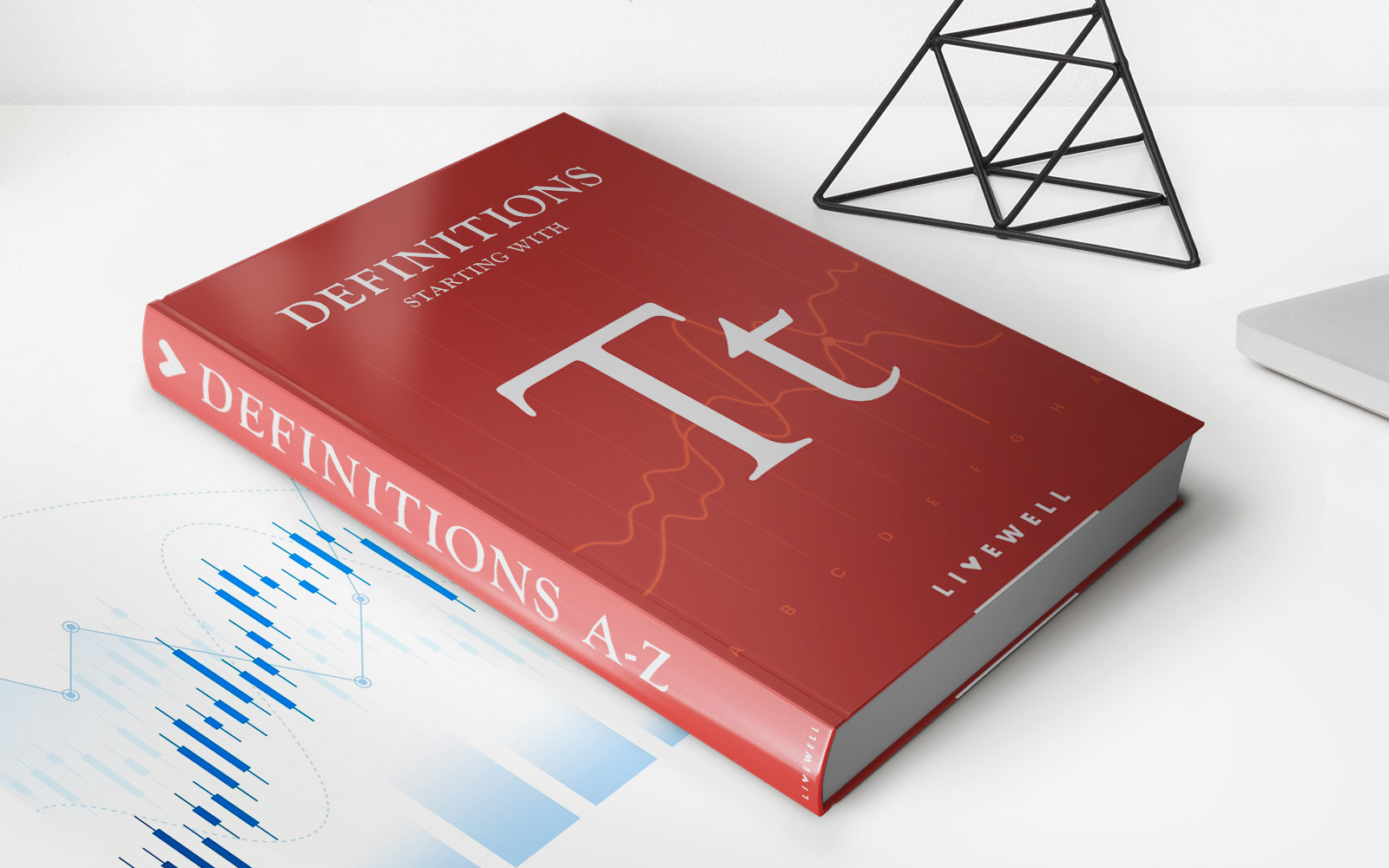

Finance
Total Expense Ratio (TER): Definition And How To Calculate
Published: February 9, 2024
Learn the definition and calculation of the Total Expense Ratio (TER) in finance. Discover how it impacts investment costs and profitability.
(Many of the links in this article redirect to a specific reviewed product. Your purchase of these products through affiliate links helps to generate commission for LiveWell, at no extra cost. Learn more)
Understanding Total Expense Ratio (TER) in Finance
When it comes to managing your finances, there are many concepts and terms that you may come across. One such term is the Total Expense Ratio (TER). In this blog post, we will break down what TER is, how it is calculated, and why it is important for individuals and investors to understand.
Key Takeaways:
- Total Expense Ratio (TER) is a measure of the total costs associated with managing and operating an investment fund.
- TER includes various expenses, such as management fees, administration fees, and other operational costs.
Now, let’s dive deeper into what Total Expense Ratio actually means and how it is calculated.
What is Total Expense Ratio (TER)?
Simply put, the Total Expense Ratio (TER) is a way to measure the total costs associated with managing and operating an investment fund. It provides investors with a clear picture of how much they are paying in fees and expenses for their investment.
TER includes a wide range of expenses, such as management fees, administration fees, auditing fees, legal fees, and other operational costs. These costs are necessary to ensure the smooth running and management of the investment fund.
Calculating the Total Expense Ratio requires adding up all the expenses for a specific period and dividing it by the fund’s average net assets. The result is expressed as a percentage, which represents the portion of the fund’s assets that are being used to cover the expenses.
For example, let’s say you have an investment fund with total expenses of $10,000 for a given year, and the average net assets of the fund during that same period was $1,000,000. To calculate the TER, you would divide $10,000 by $1,000,000, which equals 0.01 or 1%. This means that the Total Expense Ratio for the investment fund is 1%.
Why is Understanding Total Expense Ratio (TER) Important?
Understanding the Total Expense Ratio is crucial for both individual investors and institutional investors. Here’s why:
- Transparency: TER allows investors to have a clear understanding of the costs associated with their investment. It helps them make informed decisions about their financial goals and potential returns.
- Comparison: TER can be used as a tool to compare different investment funds. Investors can evaluate the costs and benefits associated with various funds to make the best investment decisions.
By knowing the TER of an investment fund, investors can better assess the potential impact of expenses on their returns. Lower TERs generally indicate that a larger portion of the investment’s returns will be passed on to the investor, while higher TERs may eat into the overall returns of the investment.
So, the next time you come across the term Total Expense Ratio (TER), you’ll have a better understanding of what it means and why it matters. It’s an essential concept that can help you make more informed financial decisions.

